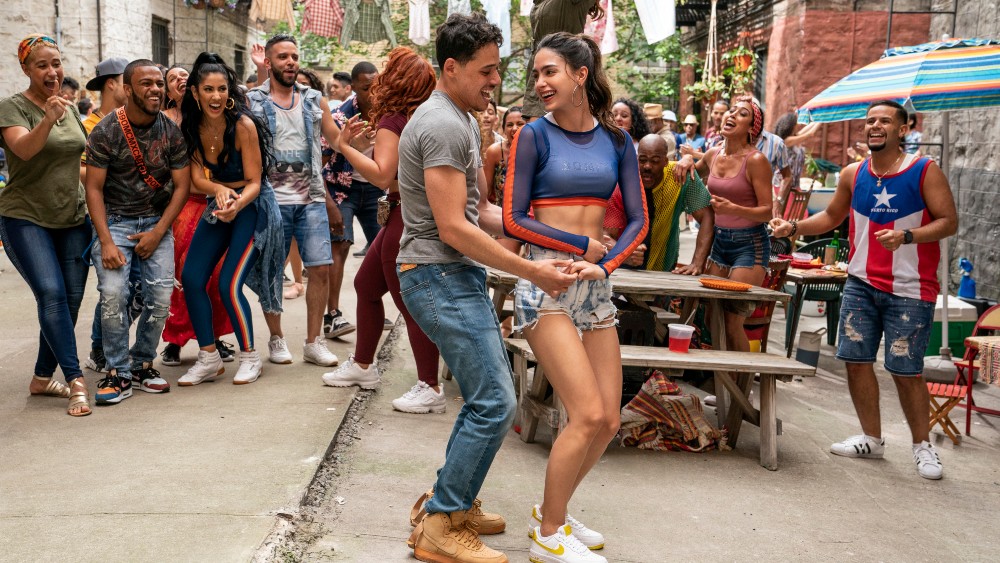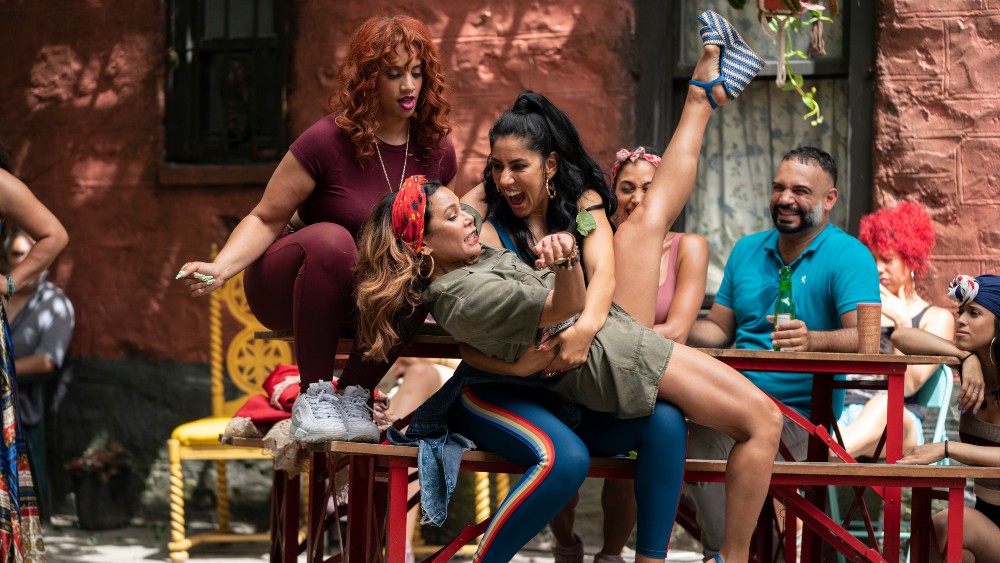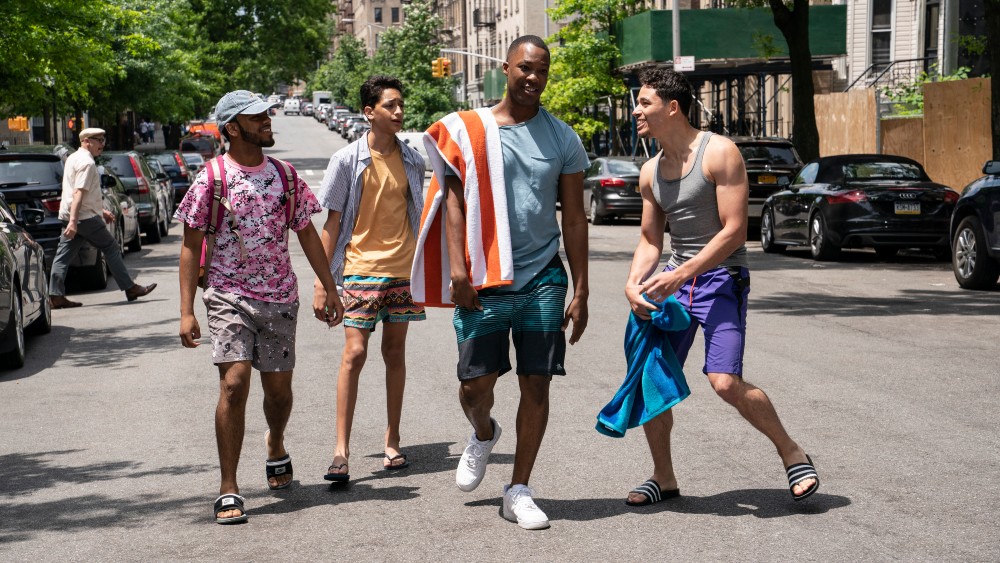
Lin-Manuel Miranda’s beloved Broadway musical, In the Heights, comes to the big screen with a splash next Friday June 11, courtesy of Jon M. Chu’s impeccable directorial talents. As we wrote in our review of the film, one of its greatest achievements is its far-embracing approach that showcases the rich tapestry of Latin cultures in America. But it also helps that Chu assembled a spectacularly talented team of crafts people to help him deliver a nicely polished product in hopes of luring audiences back to movie theaters this summer. None the least of these is Editor Myron Kerstein, who also collaborated with Chu on his major hit Crazy Rich Asians, and who had the difficult task of figuring out which parts of the bulkier three-plus hour Broadway show to leave on the cutting room floor.
We spoke to Myron about this difficult process and his approach to editing a musical based on a Broadway show.
Below the Line: How did you approach the task of showing complex dance sequences and musical numbers from different angles and giving it such a vibrant look?
Myron Kerstein: Well, we wanted to keep the energetic feeling of the original show, and it helps that in the medium of film we can use different angles and approaches. We tried to intersperse them to create different energy levels while remaining faithful to the original numbers. I had the benefit of having extensive hours of footage—sometimes I would get the dailies and I was working as they were coming and I kept thinking “wow this is a lot” but it was a good problem to have. Showing on screen a story that was written for the stage can be very challenging, especially with the moving pieces of a musical, but I think we got it there by keeping in mind the powerful energy of the musical.
BTL: How do you approach this creative process when you have an original story upon which the movie is based, and what challenges does that present?
Kerstein: When you have source material like this, you have to make a choice about how close you’re going to edit the story to be, and we decided to stick as close as possible given the strength of that material — like we did with Crazy Rich Asians. Also, this story is a timely story about inclusion and the challenges that people face, and so it was like: “Why mess with that?” This is an important story to tell how Lin-Manuel envisioned it because it is so effective. Of course there were minor edits to update it to developments that we have seen since the original was written, but that was on the writers. From an editing perspective, sticking true to the characters as designed was important to me.
BTL: What was the most important change, and why did it come about?
Kerstein: That has to be the sort of scene at the bar that appears throughout the movie. That of course is not in the musical and we ended up really liking that as sort of giving you a new twist. It became a part of the message — Usnavi [played by Anthony Ramos in the lead role] had a dream, but there were many ways in which to fulfill that dream, and it turned out to be a nice way of saying that. It was important to edit that carefully so that it fit seamlessly into the story, since, again, it was not in the original story.
BTL: What was the hardest song to cut from the Broadway show, and why did it not make it in?
Kerstein: Taking any part out is and was hard, and we did not make those choices lightly. It’s a matter of balancing what the audiences can tolerate and how you keep the story intact. Ultimately, I think Sunrise [an ensemble song with Usnavi’s friend Benny in the lead] was the most difficult because of the message of hope and optimism. But I think the movie still has plenty of that in there left after that so it’s all good, no? (Laughing) There was nothing particular about that song—it is a great beautiful song, as are all the other ones that did not make it in—it was a matter of prioritizing the most critical songs in the runtime we were shooting for. There were cuts that were over 3 hours but audiences will not sit for that today.
BTL: I heard that you screened this movie for some audiences right before the pandemic hit—in the year you had off, did you make any changes following those screenings?
Kerstein: Honestly, yes. We had the time and so we figured why not. Showing and making changes is very common as you know, and before we had what we had first thought was the finished product we did parallel screenings with sort of different endings to get audience reactions. One version did not seem to connect as well with the audience as with others. After the initial screenings of what we thought was the final version, we decided to elevate some powerful scenes that you see in what is now the final version that I think will work very well with audiences.
BTL: Given your experience with Crazy Rich Asians and now this musical, what sort of stuff do you want to work on next?
Kerstein: I like the different styles of movies, so I’m open to exploring. I like stories that have a good message and if you think about Jon’s last two movies they are telling a really important story that is very timely but told through different devices — one is a comedy and it sort of sneaks up on you that he is talking about the different kinds of experiences that people in this group have. The same happens in this movie, where you have a musical that is somewhat lighthearted and then you realize it’s a very important story that tells of a very timely experience for people through another mechanism. I enjoyed working on both and hope to have more projects like that.
In the Heights will hit theaters nationwide and stream on HBO Max on June 11.
All photos courtesy Warner Bros. Pictures







